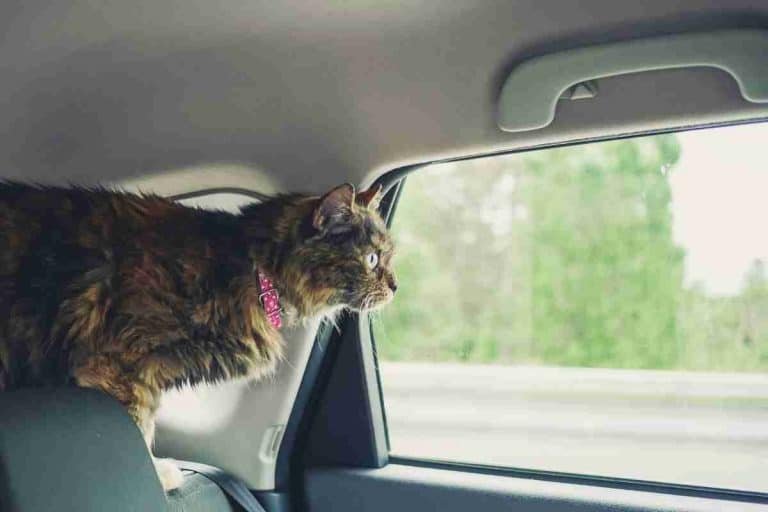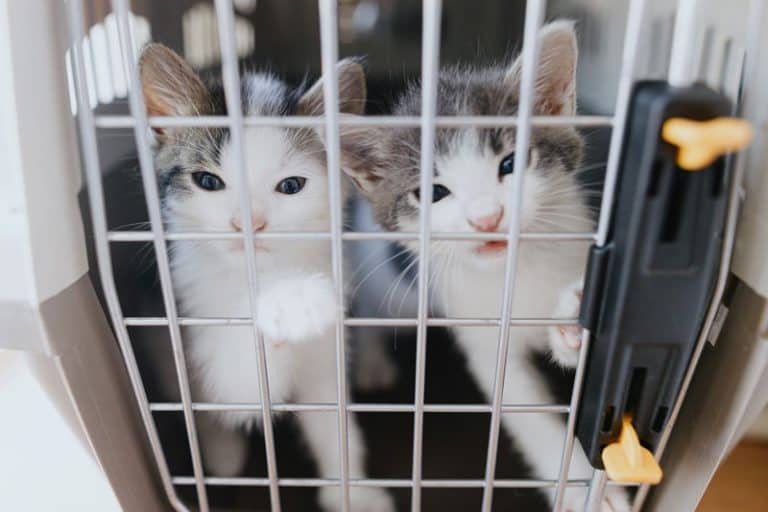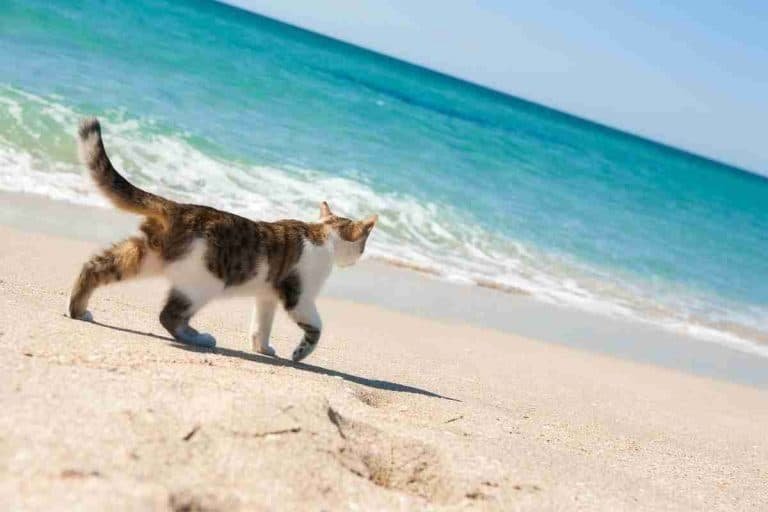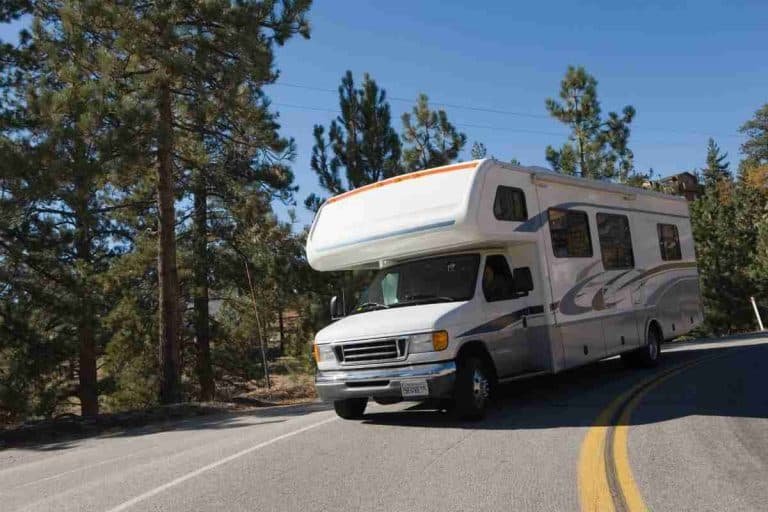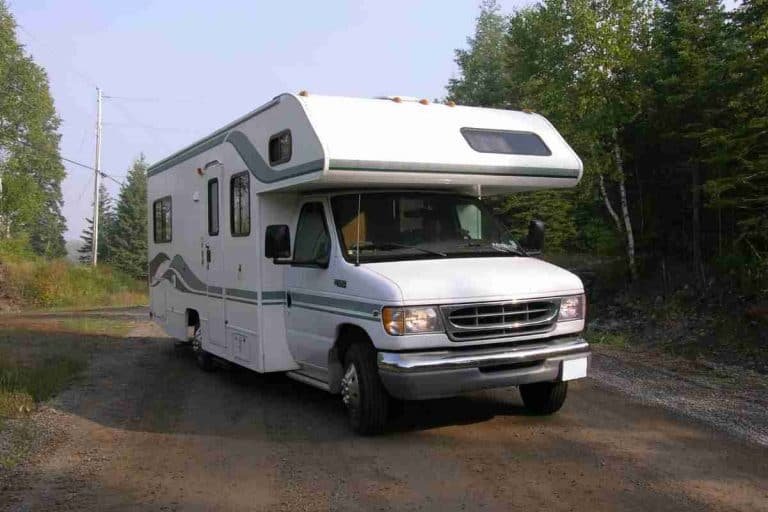8 Practical Tips to Keep Cats From Escaping an RV
Last Updated on August 27, 2025
An open RV door becomes a bolt risk fast. 8 Practical Tips to Keep Cats From Escaping an RV turns frantic moments into predictable routines. With gradual RV acclimation, carrier and harness training, and short practice trips, owners cut escape chances at every stop.
Expect practical fixes and training that work on the road. Two-person door protocol, temporary barriers, reinforced screens and slide-outs, and secure latches create layers of safety. Indoor safe zones, enrichment, and recall cues keep cats settled near home base. Microchipping, search steps, and a ready kit backstop mistakes. A quick pre-departure checklist locks these habits into every stop.
Prepare your cat and RV before travel
Preparing both the cat and the RV before departure reduces panic and lowers the chance of escape. Owners should plan multiple short steps that gradually introduce the pet to movement, confinement, and new smells. Attention to routine, safe handling, and a calm environment makes door openings and stops far less risky.
Gradual acclimation to the RV interior
Start by letting the cat explore the parked RV for short sessions. Leave doors and windows open while supervising. Feed the cat inside to build positive associations. Increase session length over days until the cat rests comfortably. For more detailed RV-specific tips, see traveling with cats in an RV.
Carrier and crate training for calm handling
Make the carrier a welcoming space well before travel. Place soft bedding, treats, and meals inside. Practice closing the door briefly, then extend the time. Teach the cat to enter and exit on cue. Regular, short training sessions reduce frantic escapes during loading and unloading.
Short practice trips to build confidence
Begin with the engine off, then progress to short drives around the block. Keep the cat in its carrier or a crash-tested harness. Observe for motion sickness and adjust stops. Gradual distance increases help the cat associate travel with predictable routines, not sudden freedom.
Familiar scents and comfort items to reduce stress
Bring the cat’s favorite blanket, toys, and recently worn clothing. Use synthetic pheromone sprays or wipes on bedding to lower anxiety. Place a portable litter box in an accessible, quiet spot. Pack these items first so handlers can set up the cat’s safe zone immediately upon arrival.
Manage door openings and entry/exit routines
Routines reduce panic and keep cats safe when doors open. Establish clear roles, predictable timing, and physical buffers so the cat never slips through at an unexpected moment. Consistent habits lower stress and make escapes far less likely.
Two-person door protocol and timing techniques
Assign one person to handle the door and another to monitor the cat. The door operator controls locks and movement. The monitor keeps the cat distracted and positioned away from the threshold. Pause a beat after unlocking, then open the door a few inches and observe the cat’s position. Use a short click-and-treat or toy toss to focus the cat before fully opening. Practice the routine until both people move in concert.
Use of temporary barriers (baby gates, mesh screens)
Install lightweight, portable barriers to create a second line of defense. Baby gates and magnetic mesh screens create a narrow corridor that prevents bolt-outs. Anchor gates to stable furniture or RV anchor points and test them before travel. For RV-specific layout tips, review traveling with cats in an RV to match barrier choice to space.
Controlled transitions: vestibules, screen rooms, double-door setups
Use a vestibule or screen room as a buffer zone. Open the outer door, then close it and allow the cat to explore the vestibule before opening the inner door. In double-door setups, always close one door before opening the next. Offer a treat or short play session in the buffer zone so the cat associates it with calm, not escape.
Always secure carrier or harness before opening the door
Clip the harness to an interior anchor or keep the carrier zipped and held before any door moves. Place the carrier near the exit ahead of time so transfer occurs without frantic scrambling. Regularly practice short doorway drills so the cat accepts harnessing and entering the carrier calmly. A quick training routine pays off on every stop—consider adding practice sessions to pre-departure checks.
Physical modifications to prevent accidental escapes
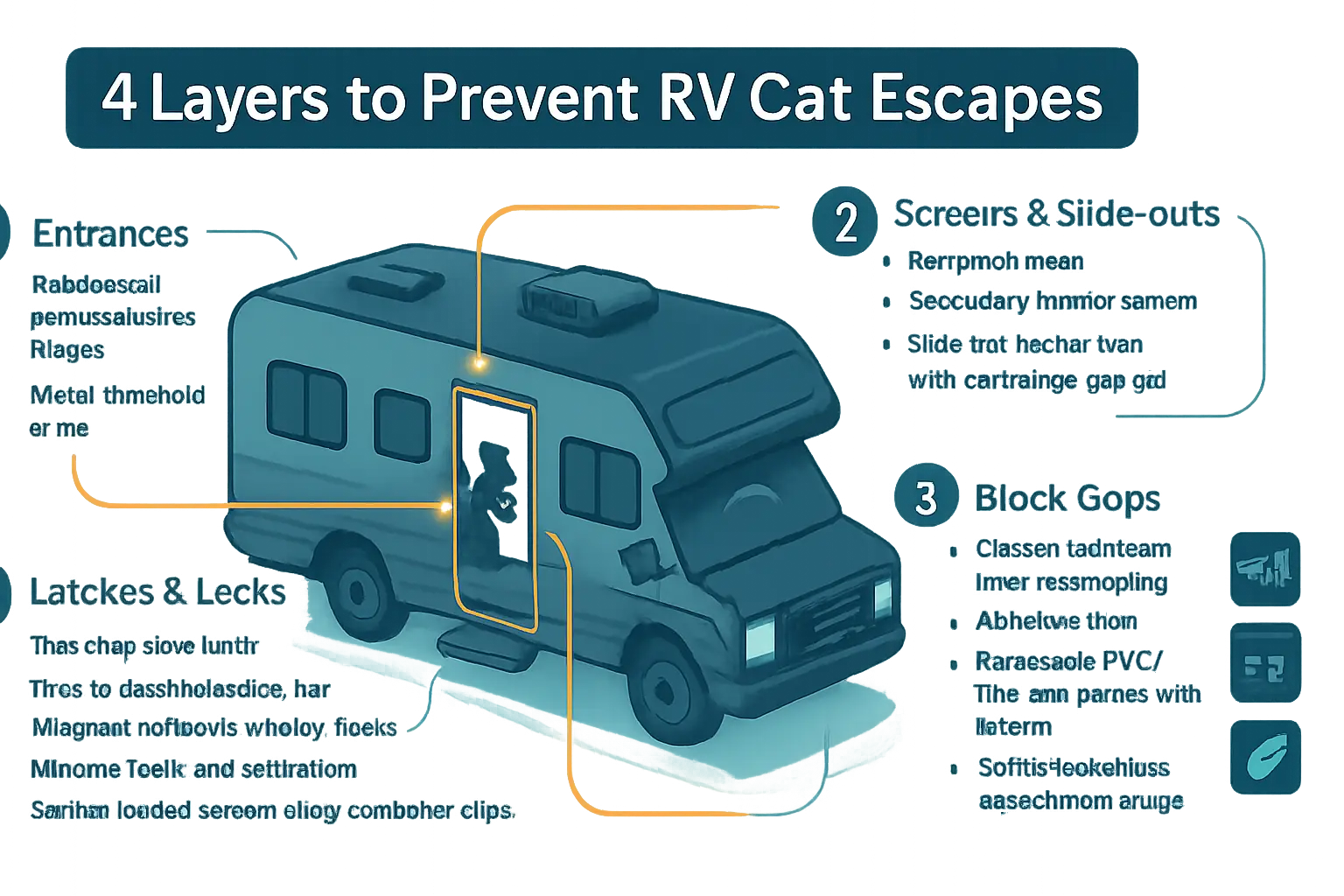
Cats need secure boundaries inside an RV to prevent sudden dashes out open doors or gaps. A practical approach groups fixes into four areas: reinforcing entrances, improving screens and slide-outs, adding reliable latches and window locks, and blocking floor- and wall-level escape routes. Start by inspecting all exit points for weak frames, warped seals, loose hinges and torn screens. Use marine-grade hardware and weatherproof seals where possible. For lightweight repairs, consider stainless-steel strike plates, adhesive-backed rubber weatherstripping and corner brackets to stiffen frames. For larger changes, a professional RV technician can retrofit doors and slide-out seals to meet load and movement demands. Record each modification and test it under normal travel conditions before allowing a cat free roam. For inspiration and examples of practical conversions, see RV modifications for cats. A quick CTA: schedule routine checks after heavy travel or seasonal temperature shifts to catch new gaps early.
Reinforcing RV doors, screens and slide-outs
Doors and slide-outs take most of the wear that creates escape paths. Start by strengthening hinge systems: swap thin sheet-metal hinges for stainless steel butt hinges or add a continuous piano hinge for long doors. Fit a metal or composite threshold plate to prevent cats from pushing under slightly warped sills. Replace torn screens with pet-proof mesh or install a secondary interior screen that closes behind the primary. For slide-outs, check the rubber seals and scuff strips along the seam. Add a removable, soft-edge guard along the slide-out gap to block a paw-sized opening when parked. Where doors have internal gaps around latches, install foam weatherstripping or closed-cell tape to close crevices without blocking movement. These practical steps reduce sudden escape risks while keeping ventilation and access functional; for additional tips on living with cats in an RV, review traveling with cats in an RV.
Latches, magnetic catches and window locks to cat-proof exits
Replace flimsy catches with hardware rated for frequent use. Choose mechanical latches with a two-step opening action to defeat curious paws. Magnetic catches provide silent, low-profile security that resists light nudges. For entry doors, add a secondary deadbolt or slide bar that locks from the inside. Windows deserve simple upgrades too: fit keyed or screw-style window locks and use sash stops to limit opening width. For screens, use spring-loaded clasps or carabiner-style clips that require a human hand to unhook. Where visibility is an issue, add a small tethered flag to remind owners that a latch is engaged. Avoid toxic adhesives and choose stainless or brass fittings to resist corrosion. For techniques on securing carriers and small travel enclosures that complement these hardware changes, see how to secure a cat carrier in car.
Blocking gaps and low escape routes with simple DIY fixes
Many escapes occur through low, overlooked gaps under cabinets, along slide-out seams, or behind appliances. Use closed-cell foam strips and adhesive-backed trim to seal narrow channels where a paw could probe. For larger openings, cut rigid PVC or thin plywood panels to fill the space temporarily while parked. Attach panels with Velcro or hook-and-loop tape for quick removal during maintenance. Install soft, foldable kick plates at floor junctions to close crawl spaces without creating hard obstacles. Around plumbing or wiring penetrations, use removable foam plugs or expanding, non-toxic spray foam applied sparingly and trimmed flush. Keep an emergency kit with spare strips, a roll of hardware tape and a small toolset to patch new gaps on the road. For behavior-focused tips to complement these physical fixes, including calming strategies for nervous cats, consult how to travel with a fussy feline.
Harnesses, leashes and supervised outdoor setups
Harnesses, leashes and supervised outdoor setups reduce escape risk during stops and door traffic. A properly chosen harness gives control without choking. Combine training and short, supervised outings so the cat accepts being outside near the RV. For broader guidance on traveling with felines in vehicles, see Traveling with cats in an RV.
Choosing and fitting a cat harness correctly
Pick a harness designed for cats rather than small-dog models. Vest and H-style harnesses both work; vests typically block escape attempts better. Fit steps:
- Place the harness on the cat and fasten all clips.
- Adjust so two fingers fit comfortably between harness and body.
- Ensure the harness sits over the chest and shoulders, not the throat.
- Check seams, buckles and attachment rings for strength.
Trim excess straps so the cat can’t chew or snag them. Replace a harness that frays or loosens. Consider a harness with dual attachment points for better control during sudden lunges.
Leash training and supervised outdoor time near the RV
Introduce the leash inside first. Let the cat wear the harness alone for several sessions. Next, clip a lightweight leash and follow the cat, offering treats for calm behavior. Keep early outings to five minutes and stay close to the RV. Always keep a hand on the leash whenever doors open. Use a short, non-retractable leash near traffic or camp neighbors to limit sudden distance. If the cat freezes or panics, return inside calmly and try again later.
Portable enclosures, playpens and screened “catios” for safe outside access
Portable enclosures and screened “catios” give supervised outdoor time without leash stress. Choose a pop-up playpen with zip closures and anchored corners. For longer sits, a screened modular catio attached to the RV door creates a safe buffer zone. Place the enclosure on a shaded surface and secure it against wind. Monitor temperature and predators while the cat explores. A portable water bowl and familiar toys keep the cat comfortable. For practice, set up the enclosure during quiet hours and let the cat investigate at its own pace. Consider this a reliable alternative to door-only supervision and a useful step before allowing free supervised exploration.
Create reliable indoor safe zones and enrichment
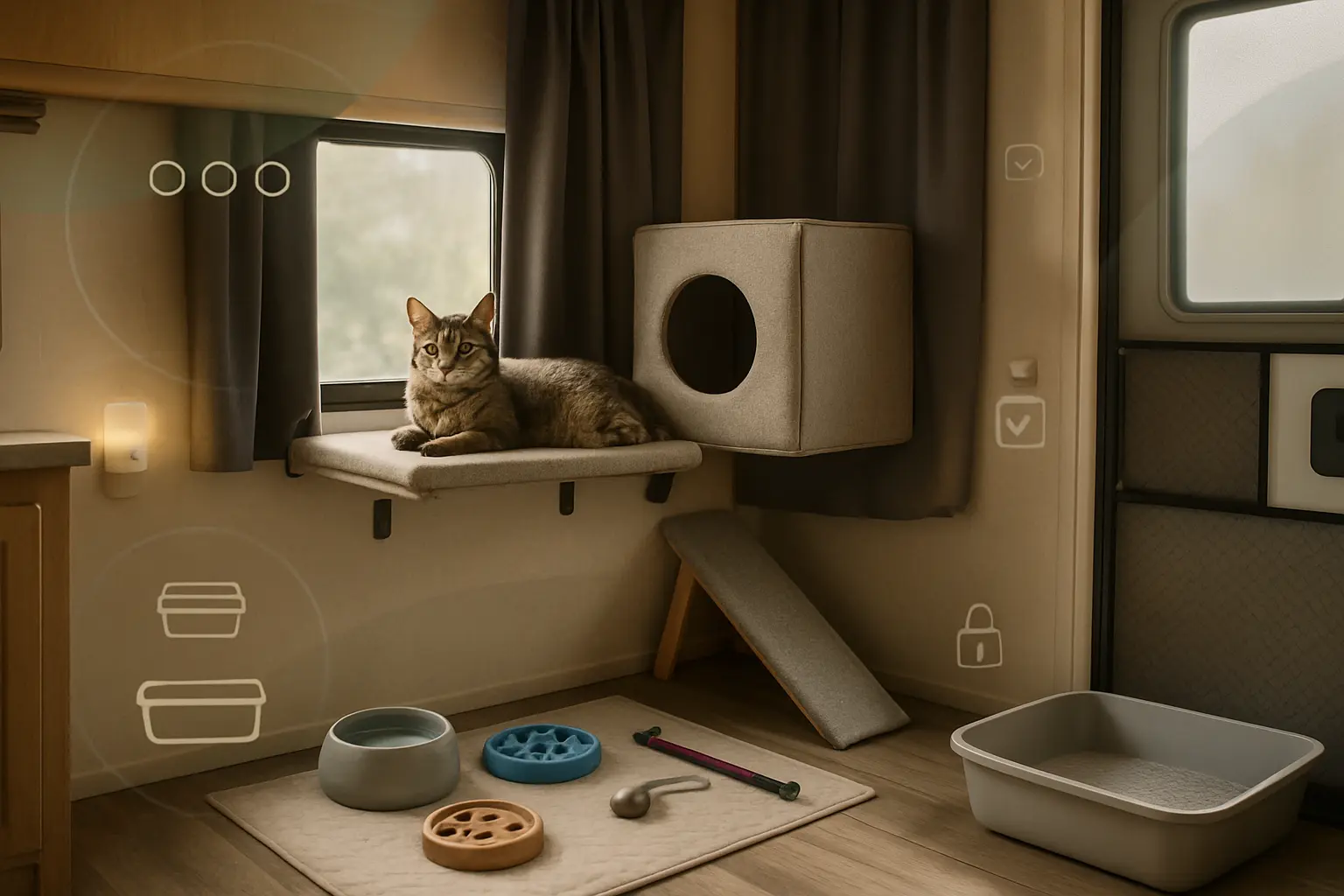
A reliable indoor safe zone gives a cat predictable boundaries and reduces door-chasing. Designate a primary refuge that stays constant while traveling. That space should contain a favorite bed, a familiar blanket, and a clear escape route away from exterior doors. Place scent-marked items there to reinforce ownership and calmness. Keep the layout stable during stops; sudden furniture moves increase stress and roaming. Use soft lighting and a white-noise source to mask unfamiliar outdoor sounds. Set short daily routines around feeding, play, and quiet time so the cat learns when the family opens doors and when it should stay put. Integrate gradual training sessions where the cat is rewarded for staying in the safe zone while doors open briefly. Track which setups reduce door interest and refine them. For detailed tips on traveling setups and carrier use while on the road, refer to traveling with cats in an RV. Try one simple change before the next trip, such as moving the refuge slightly away from the main entry to reduce impulse escapes.
Designated hiding spots and elevated perches inside the RV
Create multiple hideouts and vertical options so a cat always has a nearby retreat. Use cube-style hide boxes that close on three sides and fasten them to the wall or floor with velcro strips or brackets. Mount window perches or narrow shelves at different heights to let the cat survey without being near doors. Avoid placing perches within arm’s reach of exterior entryways. Anchor tall furniture and secure removable steps to stop shifting when the RV moves. Add a folding, tethered ramp to help older cats reach higher spaces safely. Use breathable, washable fabrics and non-slip pads inside hide boxes. Rotate one new hiding element every few trips to keep interest high without changing core locations. For ideas on structural and permanent changes to make hides and perches safer, see RV modifications for cats. Check anchors and seams before every drive so elevated areas remain stable and secure.
Strategic litter, food and water placement to keep cats nearby
Place litter, food, and water so the cat stays close to the safe zone without feeling trapped. Use the “one more than cats” rule for litter boxes and keep them on stable surfaces that won’t slide during movement. Position litter boxes away from the main door but within eyesight of the safe area, so the cat can retreat quickly afterward. Choose low-splash, weighted bowls or attachable water fountains to prevent spills that trigger roaming to find water. Place food at a regular time and location to build a return routine tied to meals. Use nonslip mats under bowls and boxes and keep the area clean to avoid scent-driven wandering. If the cat resists boxes in a tight RV, try shallow, wide pans with high sides near the refuge to encourage use. For guidance on managing bathroom needs while traveling, consult how do cats go to the bathroom on a plane, which covers portable solutions and sanitation on the move.
Enrichment toys and routines to reduce escape-motivated behavior
Target the drive to escape by meeting the cat’s mental and physical needs. Schedule two to three short interactive play sessions daily using wand toys and timed fetch games. Introduce puzzle feeders and food-dispensing toys at mealtimes to lengthen feeding and reduce door-focused food searching. Rotate toys weekly so novelty keeps engagement high without adding stress. Train simple cues like “place” or “wait” with treats to create a reliable behavior when doors open. Use scent enrichment—hidden cloths with home or owner scent—inside toys to anchor comfort. Practice brief door-opening drills where the cat earns a reward for staying on a mat or perch during the opening. For travel-specific enrichment strategies and calming travel routines, review how to travel with a fussy feline. Consistent, rewarding routines reduce the impulse to bolt.
Calming aids: pheromones, music and environmental adjustments
Combine environmental tools to lower arousal before and during door events. Diffuse feline facial pheromone products in the safe zone and apply pheromone spray to bedding before trips. Play low-tempo classical or specially designed cat music at a steady volume to mask sudden external noises. Use blackout curtains to limit visual triggers from passersby. Maintain a comfortable cabin temperature and gentle airflow to avoid stress responses. Offer a small, accessible hiding box sprayed lightly with pheromone just inside the RV near each door to draw the cat away from exits. For severe anxiety, consider a vet consult about short-term prescription or evidence-based supplements. Practical, tested calming techniques for travel are detailed at how to calm down a cat in the car. Apply these aids consistently so the cat associates openings with calm, not escape.
Training and behavior strategies to prevent escape attempts
Training reduces a cat’s urge to bolt by replacing fear and curiosity with predictable routines and clear cues. Focus on short, frequent sessions that build confidence around doors and novel stimuli. Use consistent language, the same rewards, and steady timing to shape reliable behavior. Change is gradual; expect incremental progress and reinforce every small success.
Positive reinforcement for staying inside and returning on cue
Reward desired actions immediately. Give a small treat or play session when the cat stays inside during a door opening. Create a “safe spot” near exits and reward the cat for choosing it. Use a clicker or a one-word marker, such as “Stay”, then deliver the reward. Gradually increase the time the cat must remain inside before receiving a reward. Avoid scolding; negative reactions make cats avoid the handler and encourage escape. For more calming and travel-focused strategies, see travel with a fussy feline.
Desensitization to door sounds, strangers and sudden movements
Break frightening events into tiny steps. Play recorded door sounds at low volume while rewarding calm behavior. Introduce people and sudden movements at a distance that keeps the cat relaxed. Slowly reduce distance and increase movement only when the cat shows comfort. Keep sessions under five minutes to prevent stress. Pair each step with treats, pats, or play to reframe the trigger as predictable and rewarding.
Recall training and short reward-based exercises
Teach a reliable recall with a distinct cue and irresistible rewards. Start indoors: call the cat’s name, show a treat, and reward the return instantly. Repeat several short trials daily. Progress to areas near the door while the cat stays on a harness or leash. Make returning always more rewarding than exploring. Use varied rewards—food, play, or a favorite spot—to keep motivation high. Track progress and pause if the cat shows anxiety; consult a behaviorist for persistent issues. CTA: begin five-minute recall drills twice daily and note each successful return to build a dependable routine.
Health, ID and emergency planning if a cat escapes
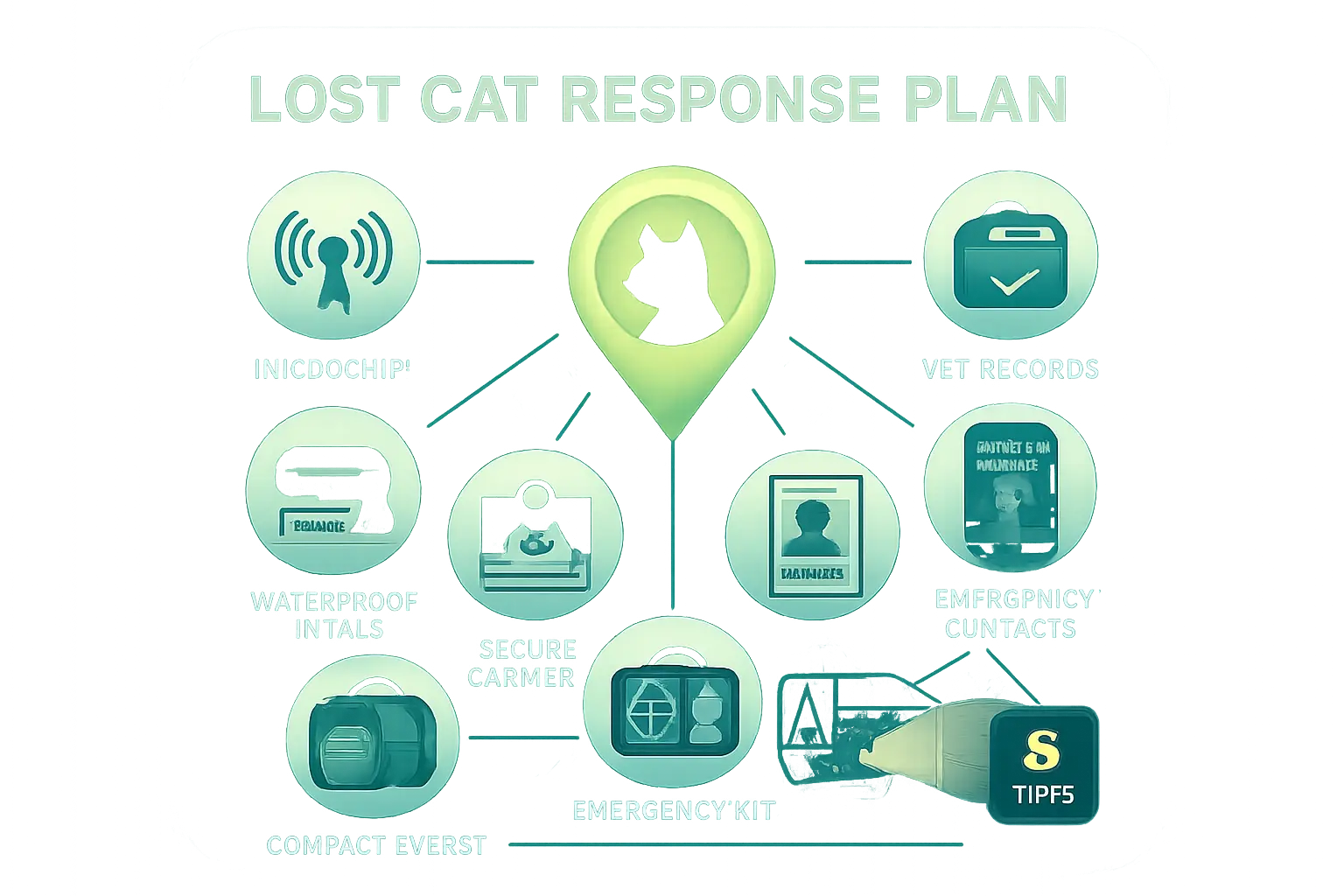
The guide 8 Practical Tips to Keep Cats From Escaping an RV emphasizes preparation. A clear plan speeds recovery if a cat bolts. This section focuses on identification, immediate search actions, and an emergency kit that fits RV life. Owners should treat ID and records as active tools, not paperwork to file away.
Microchipping, collars with ID and current vet records
Ensure every cat has a registered microchip and that contact details stay current with the registry. Fit a breakaway collar with a waterproof ID tag listing a phone number and the RV’s license plate. Keep scanned vet records, vaccination certificates, and medication lists in cloud storage and a dedicated folder on a phone. Carry paper copies in the RV’s glove compartment. Verify microchip function and contact info before every trip.
Steps to take immediately after an escape (search tips and flyers)
Begin searching right away. Walk a grid pattern calling the cat’s name and use a flashlight to spot eyeshine under bushes. Place familiar-smelling bedding and food near exits to lure the cat back. Post clear flyers with a recent photo, description, reward offer, and contact number. Share the flyer on local lost-pet Facebook groups, Nextdoor, and community boards. Notify campground staff and local animal control; they often find roaming pets after hours. Print extra flyers to distribute to neighboring campsites.
Preparing an emergency kit and local vet/boarding contacts
Assemble an escape-ready kit: a secure carrier, harness and leash, recent photo, paper vet records, microchip number, basic medication, towel, humane trap, and cat-safe calming spray. Store the kit in an easy-to-reach spot. Maintain a short list of nearby vets, emergency clinics, and boarding facilities saved on a phone and printed in the RV. For further travel-specific tips, consult resources about traveling with cats in an RV. Register microchip details and local emergency contacts before departure.
Quick checklist and common troubleshooting fixes
8 Practical Tips to Keep Cats From Escaping an RV begins with a focused, actionable checklist and clear fixes for common mishaps. Use this section as the last-step run-through before any door opens. A short, repeatable routine reduces surprises and keeps cats safe.
Checklist (keep printed near the entry):
- Secure collars, ID tags, and confirm microchip info is current.
- Place cat in carrier or harness before any exterior door opens.
- Close interior doors and slide-out covers that lead to exits.
- Set up an indoor “safe zone” away from the entry during stops.
- Test screens and window latches; repair worn mesh.
For detailed gear and travel-layout tips, see the guide on traveling with cats in an RV.
Pre-departure checklist to reduce escape risk
Before moving the RV, perform a quick walk-through. Check that all carriers zip fully and harness buckles latch. Tuck leashes and lightweight tethers into a known pocket. Place favorite blanket or a worn shirt in the carrier so the cat smells home. Ensure litter box, food, and water are available in the designated safe zone.
Confirm slide-outs and awnings retract smoothly with no hiding gaps. If a cat tends to bolt, assign one person to manage doors during every entry and exit. Attach a bright temporary tag to the carrier with contact details for fast identification.
How to react if a cat bolts during a stop or door opening
Stay calm and move deliberately. Running triggers faster flight. Close the nearest doors to contain escape routes. Speak softly and call the cat by name while kneeling to appear smaller. Toss a high-value treat or a toy to lure the cat toward a safer spot.
If the cat moves outside, avoid immediate chase. Walk a distance behind and keep line of sight. Use a pocket of treats to guide the cat back toward the RV entrance. If the cat hides under an object, do not reach blindly; coax with food and a calm voice until capture is safe. Have a spare carrier and gloves ready for secure retrieval.
Common issues (hiding in slide-outs, panic at campgrounds) and solutions
Slide-out gaps create tempting hideouts. Block access with removable panels or pool noodles cut to fit. Install small interior barriers to prevent cats from slipping into mechanisms. For campground stress, create a consistent routine: same feeding times, same play routine, and a covered carrier as a retreat.
Use synthetic pheromone diffusers near the safe zone to lower anxiety. If loud noises trigger panic, provide noise-dampening bedding and close blinds to reduce visual stimuli. For repetitive escape attempts, add window screens with secure fasteners and tether points fixed to heavy furniture. Keep a short, calm CTA on the checklist: print and follow the pre-departure list every time a door opens.
Summary
8 Practical Tips to Keep Cats From Escaping an RV centers on layered prevention: careful acclimation, structured door routines, smart physical upgrades, and steady training. By introducing the RV gradually, building carrier and harness skills, and using predictable entry/exit protocols with barriers, owners reduce panic and block common escape routes.
The guide also outlines indoor safe zones, enrichment, and calming tools that lower escape-driven behavior, plus health ID, emergency steps, and a quick checklist for real-world stops. Consistent routines, tested hardware, and practiced drills make door openings and campground pauses safer and less stressful for everyone.
Key Takeaways
- Acclimate in steps: Short RV exploration sessions, carrier/crate training, brief practice drives, and familiar scents help the cat relax and reduce bolt risks.
- Standardize door routines: Use a two-person protocol, timing cues, and temporary barriers or vestibules; secure a harness or carrier before any door opens.
- Fortify the RV: Reinforce doors/screens/slide-outs, upgrade latches and window locks, and block low gaps; test after travel and recheck after temperature shifts.
- Use the right gear outdoors: Fit a cat-specific harness (two-finger rule), choose a non-retractable leash, and consider portable enclosures or a screened catio for supervised time.
- Create a reliable safe zone: Keep a stable refuge with perches, well-placed litter/food/water, daily play, cue training (e.g., “place”), and consistent calming aids.
- Plan for emergencies: Maintain microchip and ID, carry current records and an escape-ready kit, and follow calm, immediate search steps if a bolt occurs.
FAQ
- How long should RV acclimation take for most cats?
Plan for several days to a few weeks of short, positive sessions. Increase duration only when the cat eats, rests, and explores calmly inside the RV.
- What door routine best prevents dash-outs?
A two-person door protocol plus a physical barrier (baby gate or mesh screen) and a vestibule/double-door setup works best. Always clip the harness or hold a closed carrier before unlatching.
- How should a cat harness fit for safe RV stops?
Use a cat-specific vest or H-style harness adjusted to the two-finger rule over the chest and shoulders. Check seams and buckles before every outing and use a short, non-retractable leash near doors.
- What should be done first if a cat escapes at a campground?
Stay calm, close nearby exits, and begin a grid search with a flashlight while placing familiar bedding and food near the RV. Alert campground staff and share clear flyers and posts locally.
- Why do safe zones and enrichment reduce escape attempts?
Predictable refuges, routines, and engaging play meet the cat’s needs and shift focus away from doors. Lower stress means less motivation to bolt when doors open.


